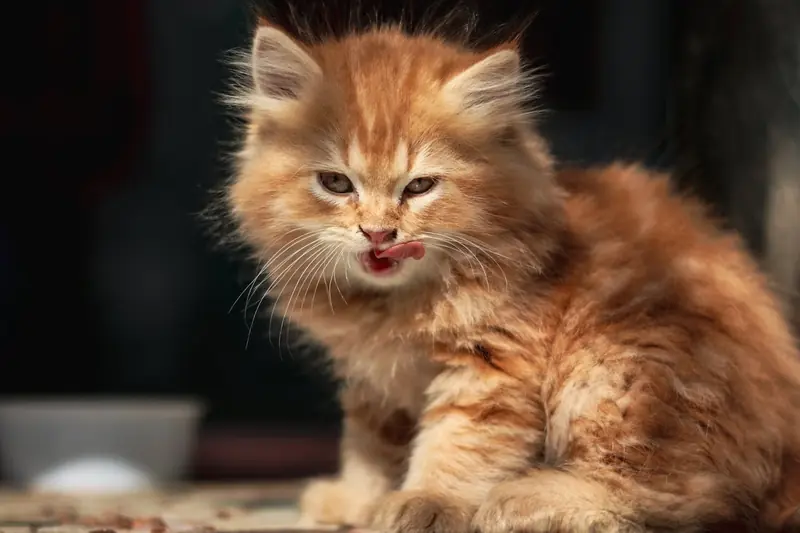Two independent research teams have discovered that the reddish coat of our furry companions is likely the result of a missing segment of DNA in a non-coding part of the cat genome. “This is a true genetic mystery, a puzzle,” said Greg Barsh, a geneticist at Stanford University and the lead author of the study. What did the scientists learn? Barsh and his colleagues found that the skin cells of cats with reddish fur express 13 times more RNA from the Arhgap36 gene compared to the skin cells of cats without reddish fur. Expecting that the protein-coding part of the overactive Arhgap36 gene had undergone mutation, the researchers were surprised to find that the previous sequence contained a deletion that likely affects another part of gene expression. The researchers examined a database of 188 cats, which included 145 reddish, 6 calico/tortoiseshell, and 37 non-reddish animals. They discovered that every reddish cat had a 5-kilobase deletion.

As anticipated, the mutated gene is located on the cat’s X chromosome. This explains why the orange color manifests differently in males and females. Most red cats are male, while most cats with patches of reddish fur are calico, as reported by Science Alert. “Together, these observations provide compelling genetic and genomic evidence that the 5-kilobase deletion causes the sex-linked orange coloration,” the Barsh team wrote in their report. What other mysteries have scientists unraveled? Since these animals began living alongside humans about 10,000 years ago, it has been intriguing to learn why black and red cats can have kittens with varying colors. Male kittens from such a pairing are predominantly either red or black, as one would expect. However, female kittens can exhibit a mix of black, red, and white spots or inherit marbled orange patches scattered on black fur from their parents. Both research teams confirmed that the mutation responsible for the orange color is located on the X chromosome, which accounts for the noticeable differences in coloration between the sexes. Unlike males, who have only one copy of this mutation on their single X chromosome, females inherit two copies—one from each parent.

Mammals randomly deactivate one of their two X chromosomes in each of their cells to avoid overexpressing products from the chromosome. This leaves female orange kittens with an active orange mutation in some developing skin tissue cells, right next to neighboring cells where the X chromosome with the mutated gene is deactivated. In rare cases, when both X chromosomes carry the mutation, the female grows into a fluffy fiery beauty—just as red as a male.

Interestingly, red cats have a reputation for not being the brightest representatives of their species. However, scientists have stated that the link between the coloration of these animals and their cognitive abilities has not been scientifically substantiated. Moreover, there are no apparent negative consequences of this mutation for the physical or mental health of the cat. The study’s findings were published in the journal Science.
